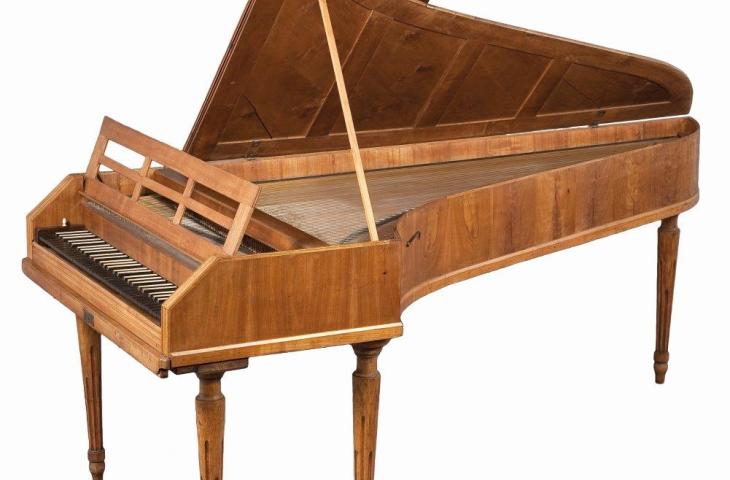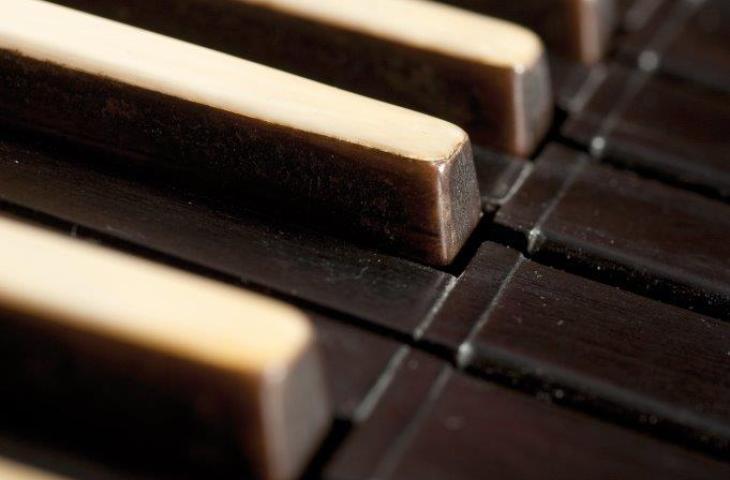Grand piano

Grand piano, Johann Andreas Stein, Augsburg, 1786, inv. 1634
Grand piano

Grand piano, Johann Andreas Stein, Augsburg, 1786, inv. 1634
Johann Andreas Stein was one of the greatest piano makers of his time. Before settling in Augsburg, he worked as an apprentice with the renowned maker J.A. Silbermann in Strasburg. Stein’s work attracted the attention of several musicians, including Mozart who, in a letter to his father, wrote enthusiastically about how much he liked the touch of Stein’s instruments. That being said, the Mozart family never possessed a Stein piano.
Stein’s instruments make use of the so-called ‘Viennese action’. They have light hammers that are not set on a separate frame, but are linked directly to the key mechanism. The hammers are caught or ‘checked’ halfway through their return journey to the escapement, thereby enabling virtuoso playing. From the final quarter of the eighteenth century, most German and Austrian piano makers used the Viennese action. Also typical of that time are the knee levers that enable the dampers to be lifted. Stein’s son-in-law, Andreas Streicher, continued the workshop, competing, together with his wife Nanette Stein, against numerous other piano makers in Vienna.